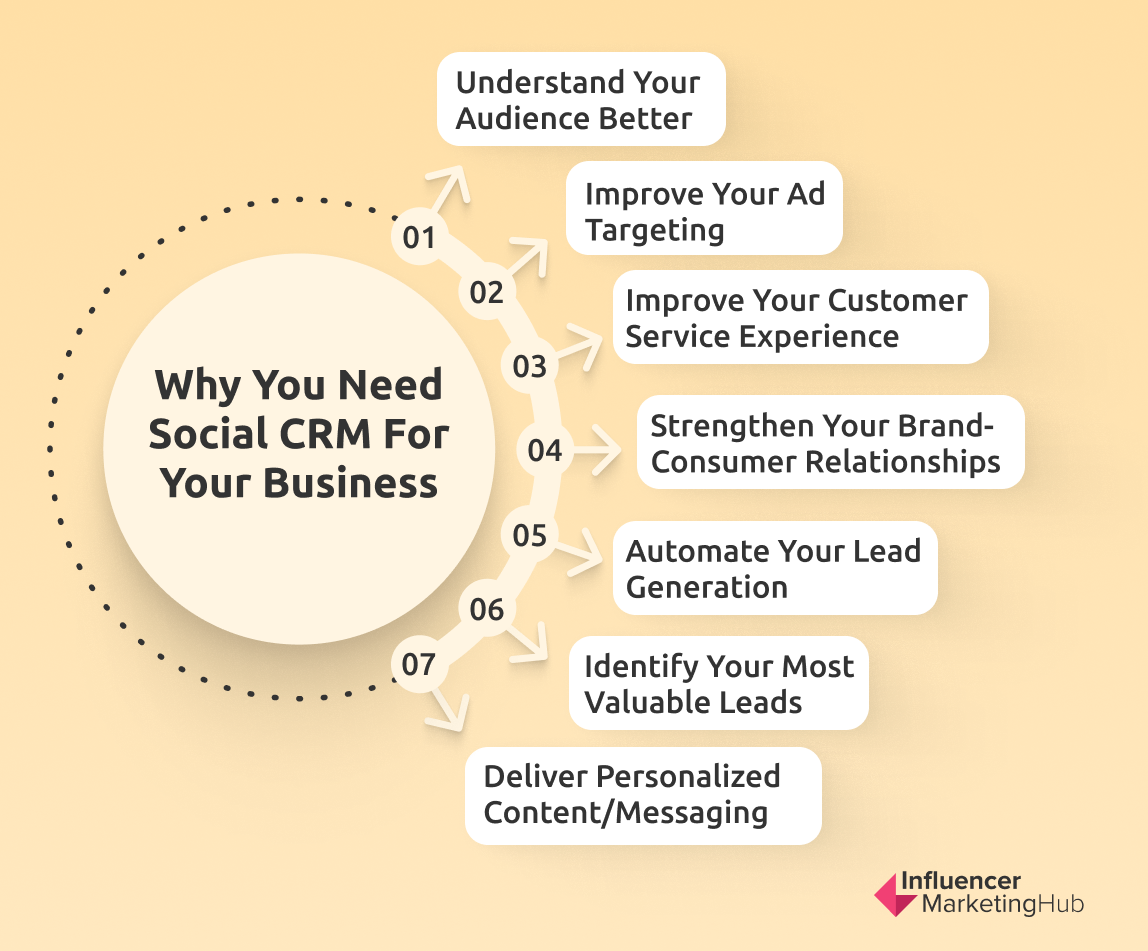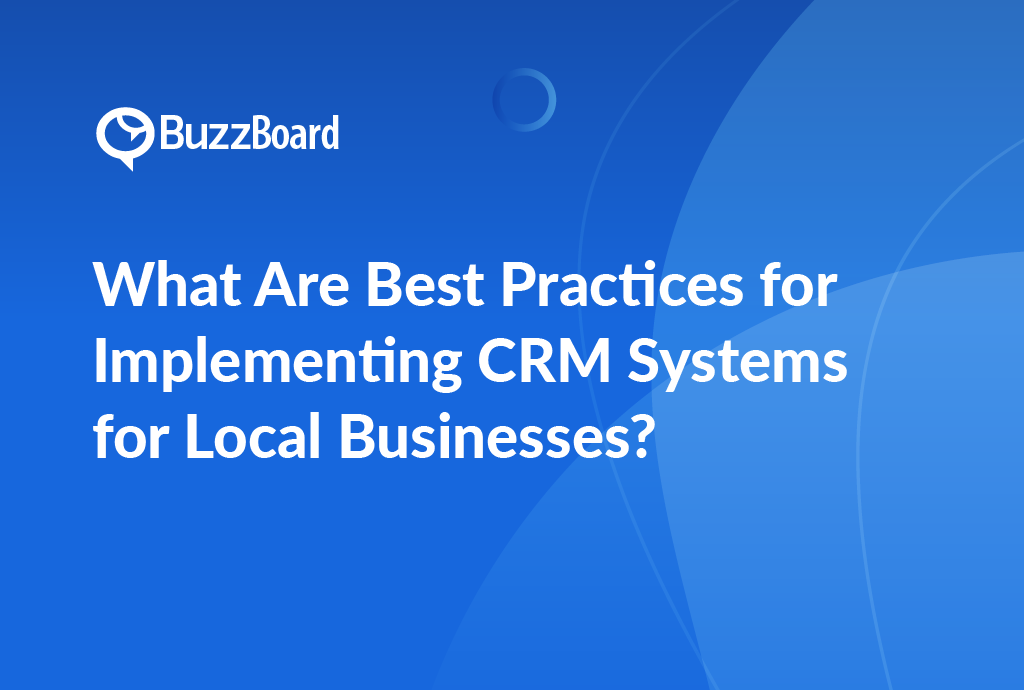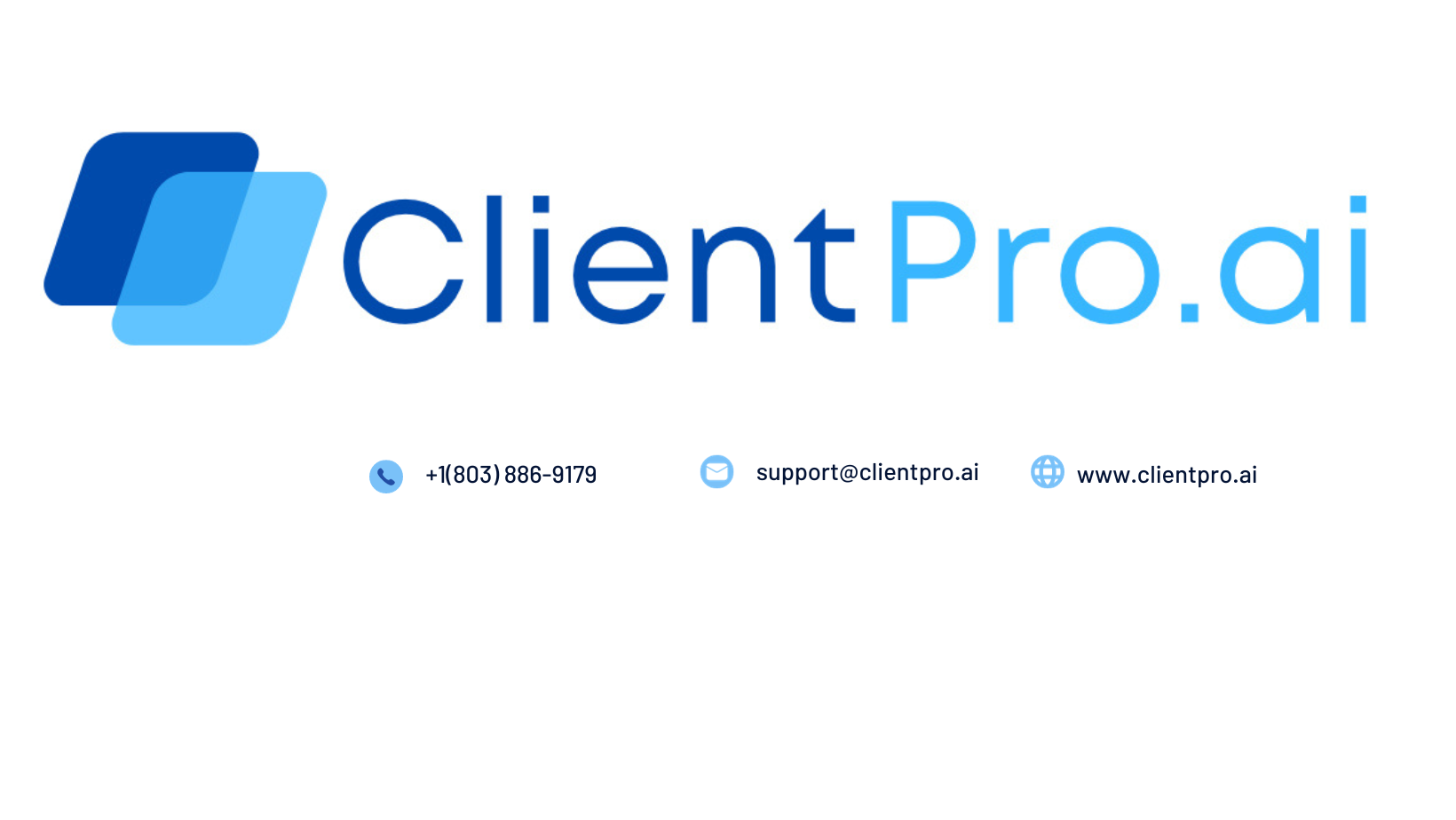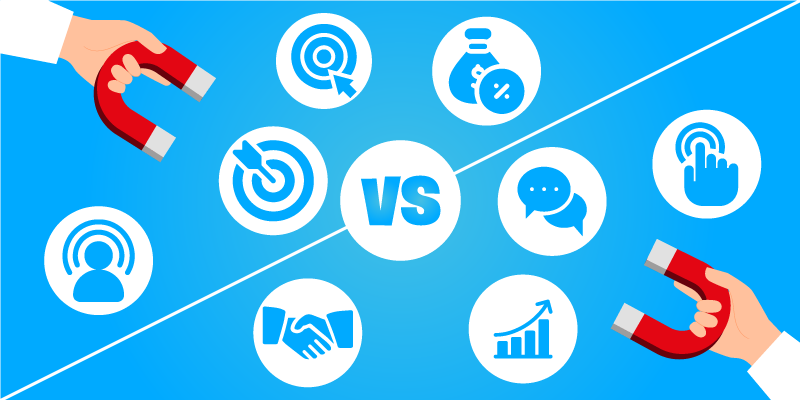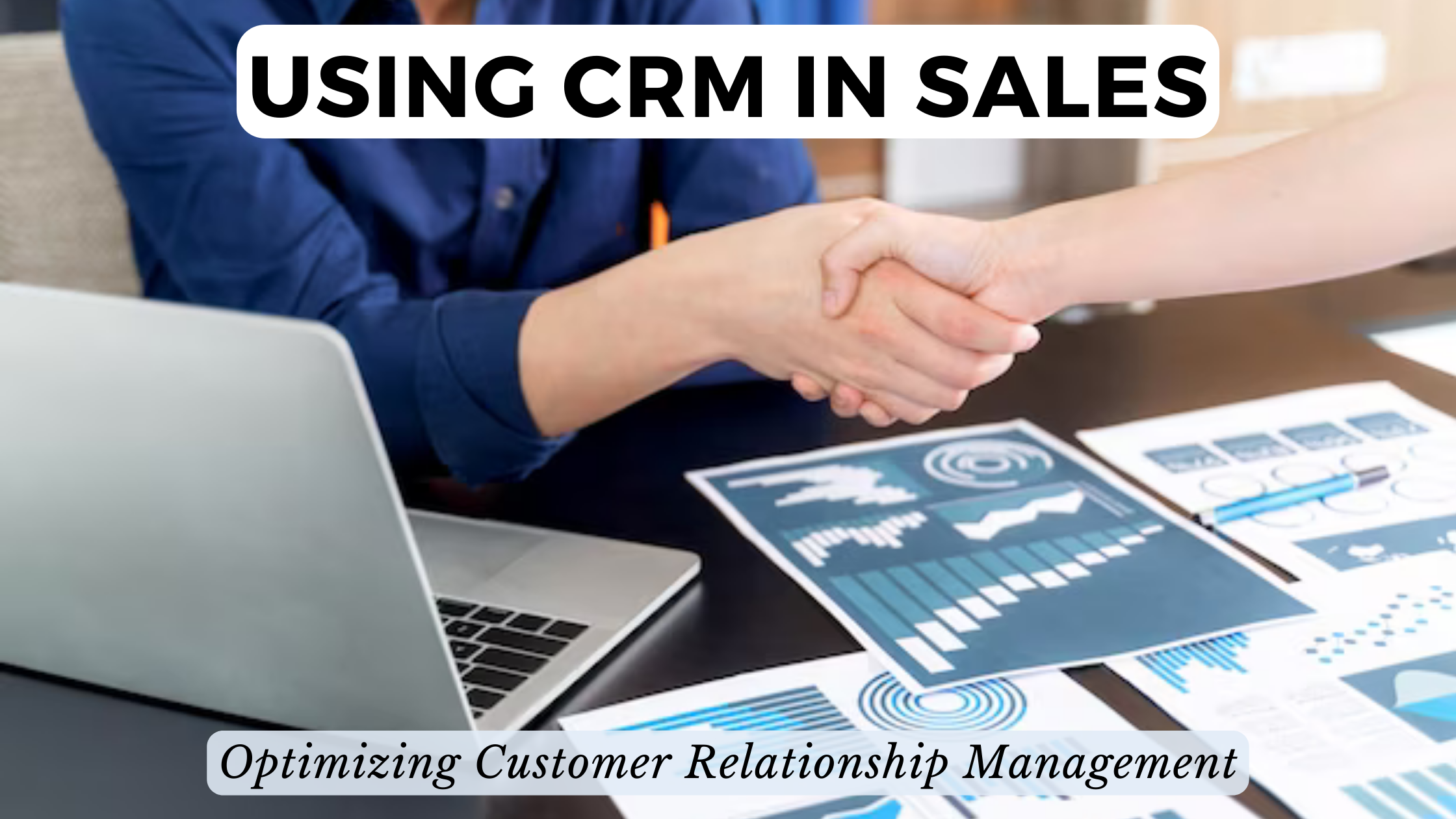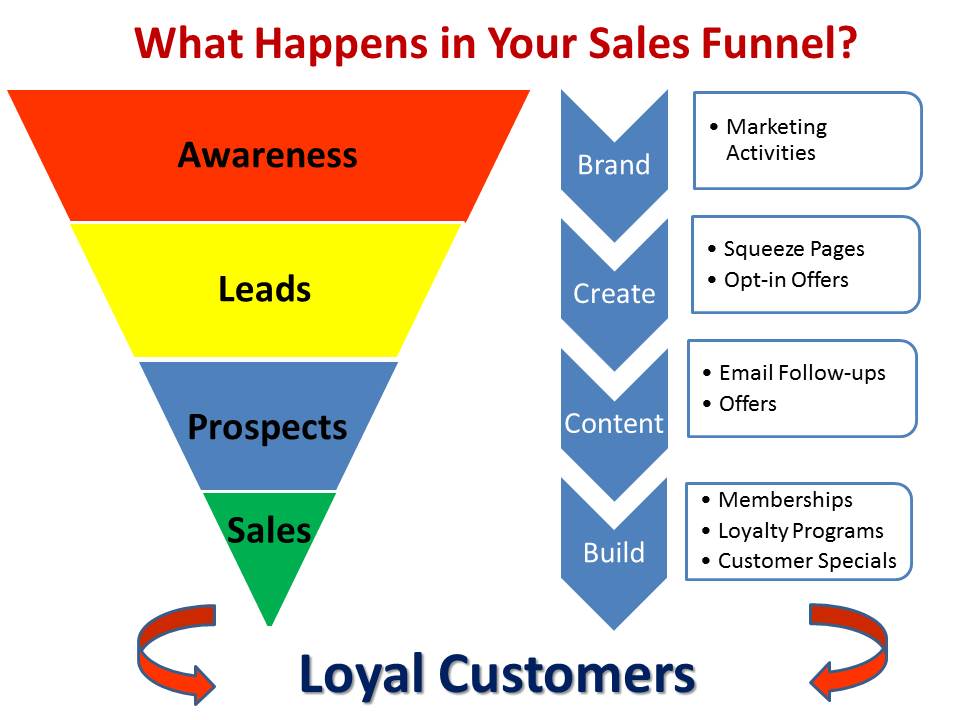
Mastering the CRM Marketing Funnel: A Step-by-Step Guide to Setup and Optimization
In today’s hyper-competitive business landscape, understanding and leveraging the power of a Customer Relationship Management (CRM) system is no longer a luxury, it’s a necessity. But simply having a CRM isn’t enough. The real magic happens when you integrate it with a well-defined marketing funnel. This comprehensive guide will walk you through the intricacies of setting up a CRM marketing funnel, providing you with the knowledge and strategies to attract, nurture, and convert leads into loyal customers. We’ll cover everything from the initial setup to advanced optimization techniques, ensuring you’re equipped to transform your marketing efforts and achieve significant results.
What is a CRM Marketing Funnel?
Before diving into the setup, let’s clarify what a CRM marketing funnel actually is. It’s a visual representation of the customer journey, from the moment they first encounter your brand to the point where they become a paying customer and beyond. This funnel allows you to map out the various stages of customer interaction and tailor your marketing efforts to guide them seamlessly through each step. A CRM system, in this context, acts as the central hub for managing and tracking these interactions, providing valuable insights and automating key processes.
The traditional marketing funnel is often depicted as a wide top that narrows towards the bottom, representing the decreasing number of potential customers as they progress through the stages. These stages typically include:
- Awareness: This is the top of the funnel, where potential customers first become aware of your brand and products or services.
- Interest: Once aware, prospects begin to show interest. They may explore your website, read your blog, or engage with your social media content.
- Decision: At this stage, prospects are actively considering purchasing your product or service and comparing it to competitors.
- Action (Conversion): This is the bottom of the funnel, where prospects make a purchase and become customers.
- Retention: After the initial purchase, the focus shifts to retaining customers and encouraging repeat business.
- Advocacy: Loyal customers become brand advocates, recommending your products or services to others.
A CRM marketing funnel helps you visualize this process, allowing you to identify bottlenecks, optimize your messaging, and personalize the customer experience at each stage. By using a CRM, you can automate many of these tasks, saving you time and resources while improving your overall marketing effectiveness.
Why is a CRM Marketing Funnel Important?
Setting up a CRM marketing funnel offers a multitude of benefits for businesses of all sizes. Here are some key reasons why it’s crucial for your marketing strategy:
- Improved Lead Generation: A well-defined funnel helps you identify and target the right audience, driving more qualified leads to your business.
- Enhanced Lead Nurturing: By understanding the customer journey, you can tailor your messaging and content to nurture leads through each stage of the funnel, increasing their likelihood of conversion.
- Increased Conversion Rates: Personalized marketing and targeted campaigns lead to higher conversion rates, as you’re delivering the right message to the right person at the right time.
- Better Customer Segmentation: CRM systems allow you to segment your audience based on various criteria, such as demographics, behavior, and purchase history, enabling you to create highly targeted campaigns.
- Greater Efficiency: Automation features within your CRM can streamline marketing processes, saving you time and resources.
- Improved Customer Retention: By understanding customer behavior and preferences, you can deliver exceptional customer experiences, leading to increased loyalty and repeat business.
- Data-Driven Decision Making: CRM systems provide valuable data and analytics, allowing you to track your marketing performance and make informed decisions to optimize your campaigns.
- Increased ROI: By improving lead generation, conversion rates, and customer retention, a CRM marketing funnel can significantly increase your return on investment.
In essence, a CRM marketing funnel is the engine that drives your marketing success. It helps you understand your customers, personalize their experience, and ultimately, grow your business.
Setting Up Your CRM Marketing Funnel: A Step-by-Step Guide
Now, let’s get down to the practical aspects. Here’s a step-by-step guide to help you set up your CRM marketing funnel effectively:
Step 1: Choose the Right CRM System
The first and most crucial step is selecting a CRM system that aligns with your business needs. There are numerous options available, each with its own features, pricing, and target audience. Consider the following factors when making your decision:
- Features: What features do you need? Consider lead management, contact management, sales automation, marketing automation, reporting, and integration capabilities.
- Scalability: Can the CRM system grow with your business? Ensure it can handle your current and future needs.
- Ease of Use: Is the system user-friendly and easy to navigate? A complex CRM can hinder your team’s productivity.
- Integrations: Does the CRM integrate with your existing tools, such as email marketing platforms, social media channels, and e-commerce platforms?
- Pricing: Consider your budget and choose a plan that fits your needs.
- Customer Support: Does the vendor offer reliable customer support and training resources?
Some popular CRM systems include:
- Salesforce: A comprehensive CRM with a vast array of features, suitable for large enterprises.
- HubSpot CRM: A user-friendly CRM with a free version and robust marketing automation capabilities, ideal for small to medium-sized businesses.
- Zoho CRM: A cost-effective CRM with a wide range of features, suitable for businesses of all sizes.
- Pipedrive: A sales-focused CRM designed to streamline the sales process.
- Microsoft Dynamics 365: A powerful CRM with a suite of integrated applications, suitable for large organizations.
Take the time to research and compare different CRM systems before making a decision. Consider free trials and demos to get a feel for each platform.
Step 2: Define Your Target Audience
Before you can effectively market to your audience, you need to understand who they are. Define your ideal customer profile (ICP) and create detailed buyer personas. This involves:
- Demographics: Age, gender, location, income, education, etc.
- Psychographics: Values, interests, lifestyle, attitudes, and behaviors.
- Needs and Pain Points: What problems are they trying to solve? What are their frustrations?
- Goals and Motivations: What are they trying to achieve? What drives their decisions?
- Buying Behavior: How do they research products or services? What channels do they use?
The more detailed your buyer personas are, the better you can tailor your marketing messages and personalize the customer experience. Use data from your existing customer base, market research, and competitor analysis to build accurate personas.
Step 3: Map Your Customer Journey
Now, visualize the steps your customers take from initial awareness to becoming loyal advocates. Map out the customer journey, identifying the touchpoints and interactions at each stage. This will help you understand how your customers move through the funnel.
Consider the following stages:
- Awareness: How do potential customers first learn about your brand? (e.g., social media, search engines, referrals)
- Interest: What content do they consume to learn more? (e.g., blog posts, webinars, case studies)
- Consideration: What information do they need to make a decision? (e.g., product demos, pricing guides, testimonials)
- Decision: What actions do they take to make a purchase? (e.g., filling out a form, contacting sales)
- Retention: How do you keep customers engaged after the purchase? (e.g., onboarding emails, customer support)
- Advocacy: How do you encourage customers to become brand advocates? (e.g., loyalty programs, referral programs)
For each stage, identify the content, messaging, and channels that will be most effective in guiding customers to the next step. Document this journey, outlining the specific actions and interactions that occur at each stage.
Step 4: Segment Your Audience
Not all customers are the same. Segmenting your audience allows you to tailor your marketing messages and campaigns to specific groups, improving their relevance and effectiveness. You can segment your audience based on various criteria:
- Demographics: Age, gender, location, industry, job title, etc.
- Behavior: Website activity, email engagement, purchase history, etc.
- Lead Source: How they found your business (e.g., organic search, paid advertising, social media)
- Purchase History: What they’ve bought, when they bought it, and how much they spent.
- Interests: What content they’ve engaged with, what products they’ve viewed, etc.
Use your CRM system to create segments based on these criteria. This will allow you to personalize your marketing campaigns and deliver targeted content to each segment.
Step 5: Create Content for Each Stage
Content is king, and it’s essential to create relevant and engaging content for each stage of your marketing funnel. This content should address the needs and interests of your audience at each stage, guiding them closer to a purchase.
Here’s a breakdown of content types for each stage:
- Awareness:
- Blog posts
- Social media updates
- Infographics
- Videos
- Podcasts
- Webinars
- Interest:
- Ebooks
- White papers
- Case studies
- Product demos
- Webinars
- Email newsletters
- Decision:
- Pricing guides
- Comparison charts
- Product reviews
- Testimonials
- Free trials
- Consultations
- Action:
- Landing pages
- Shopping carts
- Contact forms
- Online chat
- Retention:
- Onboarding emails
- Customer support
- Exclusive content
- Loyalty programs
- Surveys
- Advocacy:
- Referral programs
- Social media engagement
- Customer reviews
- User-generated content
Make sure your content is informative, engaging, and tailored to your target audience. Optimize your content for search engines and share it across relevant channels.
Step 6: Automate Your Marketing Processes
Automation is a key benefit of using a CRM marketing funnel. Automate repetitive tasks to save time, improve efficiency, and ensure consistency in your marketing efforts.
Here are some examples of marketing automation:
- Lead Scoring: Automatically assign scores to leads based on their behavior and engagement, helping you prioritize the most qualified leads.
- Email Marketing: Set up automated email sequences to nurture leads, onboard new customers, and promote special offers.
- Social Media Posting: Schedule social media posts in advance to maintain a consistent presence on social media platforms.
- Workflow Automation: Automate tasks such as assigning leads to sales reps, sending follow-up emails, and updating customer records.
- Behavior-Based Triggers: Trigger automated actions based on customer behavior, such as sending a welcome email when someone subscribes to your newsletter or sending a cart abandonment email when a customer leaves items in their cart.
Use your CRM system to set up automated workflows and email sequences. This will free up your time and allow you to focus on more strategic marketing initiatives.
Step 7: Integrate Your CRM with Other Tools
To maximize the effectiveness of your CRM marketing funnel, integrate your CRM system with other tools you use, such as:
- Email Marketing Platforms: Integrate your CRM with your email marketing platform to sync contact data, trigger automated email campaigns, and track email performance.
- Social Media Channels: Connect your CRM to your social media accounts to monitor social media activity, engage with your audience, and track social media leads.
- Website Analytics: Integrate your CRM with your website analytics platform to track website activity, identify lead sources, and understand customer behavior.
- E-commerce Platforms: Integrate your CRM with your e-commerce platform to track purchase history, personalize product recommendations, and send targeted marketing campaigns.
- Live Chat Software: Integrate your CRM with live chat software to capture lead information, provide instant support, and track customer interactions.
These integrations will provide a more holistic view of your customers and enable you to deliver a more personalized and seamless experience.
Step 8: Track and Analyze Your Results
Regularly track and analyze your marketing performance to identify what’s working and what needs improvement. Use your CRM system to generate reports and track key metrics, such as:
- Website traffic: Monitor website visits, bounce rates, and time on page.
- Lead generation: Track the number of leads generated, lead sources, and lead conversion rates.
- Sales conversions: Track the number of sales, revenue generated, and average order value.
- Customer retention: Track customer churn rate, customer lifetime value, and customer satisfaction.
- Email marketing performance: Track open rates, click-through rates, and conversion rates.
- Social media engagement: Track likes, shares, comments, and followers.
Use these insights to optimize your marketing campaigns, refine your content, and improve your customer experience. Make data-driven decisions to improve your overall marketing effectiveness.
Step 9: Test and Optimize Continuously
The marketing landscape is constantly evolving, so it’s important to continuously test and optimize your CRM marketing funnel. Experiment with different content, messaging, and channels to see what resonates best with your audience. Conduct A/B tests on your landing pages, email subject lines, and calls to action.
Regularly review your data and make adjustments to your funnel as needed. Stay up-to-date on the latest marketing trends and best practices. By continuously testing and optimizing, you can ensure that your CRM marketing funnel remains effective and delivers the best possible results.
Advanced CRM Marketing Funnel Optimization Techniques
Once you’ve established the basics, you can implement these advanced techniques to further optimize your CRM marketing funnel:
- Personalization: Leverage customer data to personalize the customer experience at every touchpoint. Use dynamic content, personalized email campaigns, and targeted product recommendations.
- Lead Scoring and Prioritization: Implement a lead scoring system to prioritize the most qualified leads and focus your sales efforts on the prospects most likely to convert.
- Behavioral Segmentation: Segment your audience based on their behavior and engagement, such as website activity, email opens, and purchase history.
- Cross-Selling and Upselling: Use your CRM to identify opportunities to cross-sell and upsell to existing customers, increasing their lifetime value.
- Retargeting: Implement retargeting campaigns to re-engage website visitors who haven’t converted, serving them relevant ads on other websites and social media platforms.
- Marketing Automation Workflows: Develop complex marketing automation workflows to nurture leads, onboard new customers, and trigger personalized interactions based on customer behavior.
- Attribution Modeling: Implement attribution modeling to understand which marketing channels are driving the most conversions.
- Customer Feedback Loops: Implement feedback loops to gather customer feedback and continuously improve your products, services, and customer experience.
- Integrate with Sales: Ensure seamless communication and collaboration between your marketing and sales teams. Share leads, sales data, and customer information to align your efforts and improve conversion rates.
- Mobile Optimization: Optimize your marketing campaigns for mobile devices, ensuring your website, emails, and landing pages are responsive and user-friendly on all devices.
By implementing these advanced techniques, you can significantly improve the performance of your CRM marketing funnel and achieve even greater results.
Measuring the Success of Your CRM Marketing Funnel
To determine the effectiveness of your CRM marketing funnel, it’s crucial to track and measure key performance indicators (KPIs). These KPIs will provide insights into the performance of your funnel and help you identify areas for improvement.
Here are some essential KPIs to track:
- Website Traffic: Track the number of website visits, bounce rate, and time on page to gauge the effectiveness of your content and SEO efforts.
- Lead Generation: Monitor the number of leads generated, lead source, and lead conversion rate to assess the effectiveness of your lead generation strategies.
- Marketing Qualified Leads (MQLs): Track the number of leads that meet your predefined criteria and are considered qualified for sales.
- Sales Qualified Leads (SQLs): Monitor the number of leads that have been qualified by the sales team and are actively pursuing a purchase.
- Conversion Rates: Track conversion rates at each stage of the funnel, from awareness to action, to identify bottlenecks and areas for improvement.
- Customer Acquisition Cost (CAC): Calculate the cost of acquiring a new customer to assess the efficiency of your marketing efforts.
- Customer Lifetime Value (CLTV): Estimate the total revenue a customer is expected to generate over their relationship with your business.
- Customer Churn Rate: Track the percentage of customers who stop doing business with you over a specific period.
- Return on Investment (ROI): Calculate the ROI of your marketing campaigns to determine their profitability.
- Customer Satisfaction Score (CSAT): Measure customer satisfaction with your products, services, and customer experience.
- Net Promoter Score (NPS): Measure customer loyalty and advocacy by asking customers how likely they are to recommend your business to others.
Regularly monitor these KPIs and analyze the data to identify trends and insights. Use this information to make data-driven decisions and optimize your CRM marketing funnel for maximum performance.
Common Mistakes to Avoid
While setting up a CRM marketing funnel can yield significant benefits, there are common pitfalls to avoid. Here are some mistakes to be aware of:
- Choosing the Wrong CRM: Selecting a CRM system that doesn’t align with your business needs can lead to wasted resources and frustration.
- Poor Data Quality: Inaccurate or incomplete data can undermine your marketing efforts.
- Lack of Segmentation: Failing to segment your audience can result in generic messaging and low conversion rates.
- Ignoring the Customer Journey: Not understanding the customer journey can lead to ineffective marketing campaigns.
- Lack of Content for Each Stage: Failing to create relevant content for each stage of the funnel can hinder lead nurturing and conversion.
- Over-Automation: Automating too much without considering the customer experience can lead to impersonal and ineffective marketing.
- Not Tracking and Analyzing Results: Without tracking and analyzing your results, you won’t be able to identify what’s working and what needs improvement.
- Ignoring Customer Feedback: Failing to listen to customer feedback can prevent you from improving your products, services, and customer experience.
- Lack of Integration: Not integrating your CRM with other tools can limit its functionality and prevent a holistic view of your customers.
- Not Training Your Team: Insufficient training can hinder your team’s ability to effectively use the CRM and implement the marketing funnel.
By avoiding these mistakes, you can increase your chances of success and maximize the return on your investment.
Conclusion
Setting up a CRM marketing funnel is a strategic investment that can transform your marketing efforts and drive significant business growth. By choosing the right CRM system, defining your target audience, mapping your customer journey, creating relevant content, automating your marketing processes, and continuously tracking and optimizing your results, you can build a highly effective funnel that attracts, nurtures, and converts leads into loyal customers.
Remember to embrace personalization, leverage data insights, and continuously adapt to the evolving marketing landscape. With a well-defined CRM marketing funnel, you’ll be well-equipped to achieve your marketing goals and build a thriving business. Start today and experience the power of a customer-centric approach.

